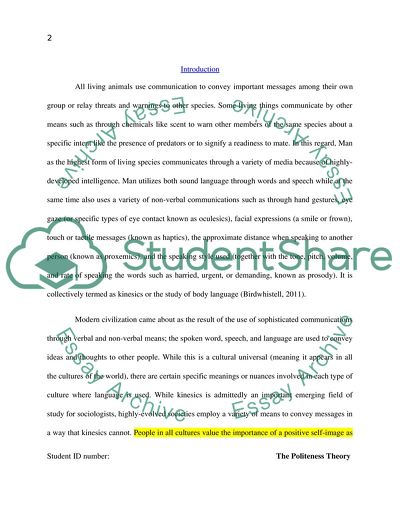Cite this document
(“Politeness theory Essay Example | Topics and Well Written Essays - 1250 words”, n.d.)
Retrieved from https://studentshare.org/journalism-communication/1648647-politeness-theory
Retrieved from https://studentshare.org/journalism-communication/1648647-politeness-theory
(Politeness Theory Essay Example | Topics and Well Written Essays - 1250 Words)
https://studentshare.org/journalism-communication/1648647-politeness-theory.
https://studentshare.org/journalism-communication/1648647-politeness-theory.
“Politeness Theory Essay Example | Topics and Well Written Essays - 1250 Words”, n.d. https://studentshare.org/journalism-communication/1648647-politeness-theory.


